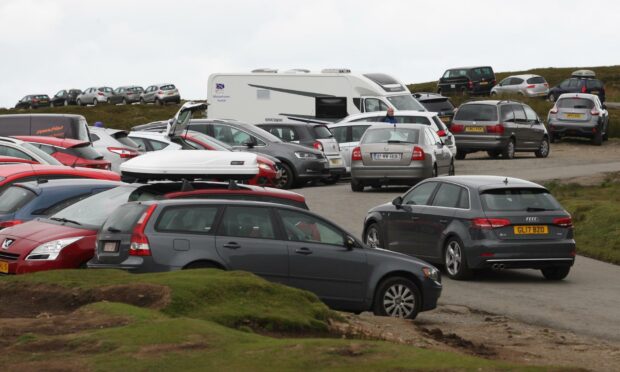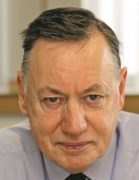When I was a youngster at school in Glasgow, I was considered unusual in that I spent my summer holidays in the Highlands, in my father’s home village, while most of my friends headed for Blackpool, Morecambe, or the closer-to-home resorts of Saltcoats or North Berwick.
Another lad, who lived across the road, was considered even stranger: he holidayed with his grandparents in North Uist, a land of which few in Central Scotland had heard in those days.
I would spend happy holiday hours fishing off the pier or in the hill lochs behind the village, swimming in the bay, or waiting for the arrival of fishing boats – the only busy time of the day. Fast forward a few decades and in summer that sleepy village has been transformed, with hordes of tourists arriving off coaches, cars and the trains and choking the narrow streets.
It isn’t a problem reserved to the Highlands, of course. It affects virtually the whole of modern Scotland. When I worked in Edinburgh, I would dread the height of summer, when it was almost impossible to walk down the streets of the city centre on the way to work, for the number of tourists blocking the pavements taking selfies in front of the castle, the Scott monument, Greyfriars Bobby, or any of the dozens of other “must-see” attractions of our capital city.
Of course, the past few months have been different, with no-one allowed to travel due to Covid restrictions and it may be some time before normal life resumed. But I worry about what happens when that time comes, with the likelihood of staycations becoming the norm.
Outdated TV stereotypes
Last week, I watched three programmes on television, which might in normal, non-Covid times have passed me by. All featured “personalities”, in these particular cases Julie Walters, Michael Portillo and Bill Nighy, travelling on train journeys in the West Highlands, and extolling the beauty of the lines and how unspoiled the Highlands are. Needless to say, there were references to Rob Roy, Bonnie Prince Charlie and Harry Potter, with Julie Walters cooing over Highland cattle and Bill Nighy over sheep. Another programme saw the Hairy Bikers cooking brown trout caught in Loch Assynt. This romanticised vision of Scotland, which also saw 2021 launched on prime-time television with the drone version of Edinburgh’s Hogmanay, is not only becoming hackneyed; it also seems curiously out of date. Unrealistic.
Now I know how increasingly important tourism is to the Highland economy. But is there not a possibility that we may be killing the goose that laid the golden egg with hyper-tourism? Before lockdown we heard stories of virtual gridlock at the Fairy Pools on Skye, car parks in Glencoe filled to overflowing, complaints about parking in lay-bys and lack of facilities on the North Coast 500, and most recently, uncontrolled wild camping and parking on the single-track road through Glen Etive, all encouraged by unrealistic TV documentaries along with dramas such as Harry Potter and Outlander.
This romanticised view of the Highlands and Islands creates other problems, in particular with regard to housing. In many Highland villages today, up to half the houses are second, or holiday homes. In one place, the figure is said to be 80 per cent. For young people this creates a major problem with the virtual impossibility of finding accommodation as they are regularly outbid on properties by those seeking holiday homes.
No room to get away
When the travel ban is finally progressively eased, I worry that the pent-up demand for a proper holiday will see the Highlands swamped. I can see that those in the tourism industry who have struggled so badly for the past year will be delighted at the prospect. But what about the rest of the Highland population? Not everyone lives by the tourist dollar, and the vision of even more traffic on unsuitable narrow or single-track roads, and tents and camper vans parked overnight in places with no facilities is not one they will relish. However, I fear that any attempt to limit the increase in tourism in the Highlands is likely to fail, even if we agree it is necessary.
I just worry that a time will come when the experience which visitors to the Highlands are seeking – of peace and quiet, of space, of “getting away from it all” – will not live up to the reality, and hyper-tourism will result in a collapse of the industry. And the destruction of our unique natural landscape with it.
Campbell Gunn is a retired political editor who served as special adviser to two First Ministers of Scotland











